In a quiet part of Tokyo, in Setagaya Ward, you’ll find Gotokuji Temple. This isn’t just another temple, it’s the original home of the Maneki-neko, or “Lucky Cat.” These cat statues are renowned for their raised paw, which people all over the world see as a sign of good luck. But there’s more to Gotokuji than just these cute cats. The temple is a special place that mixes old traditions with a touch of fun.
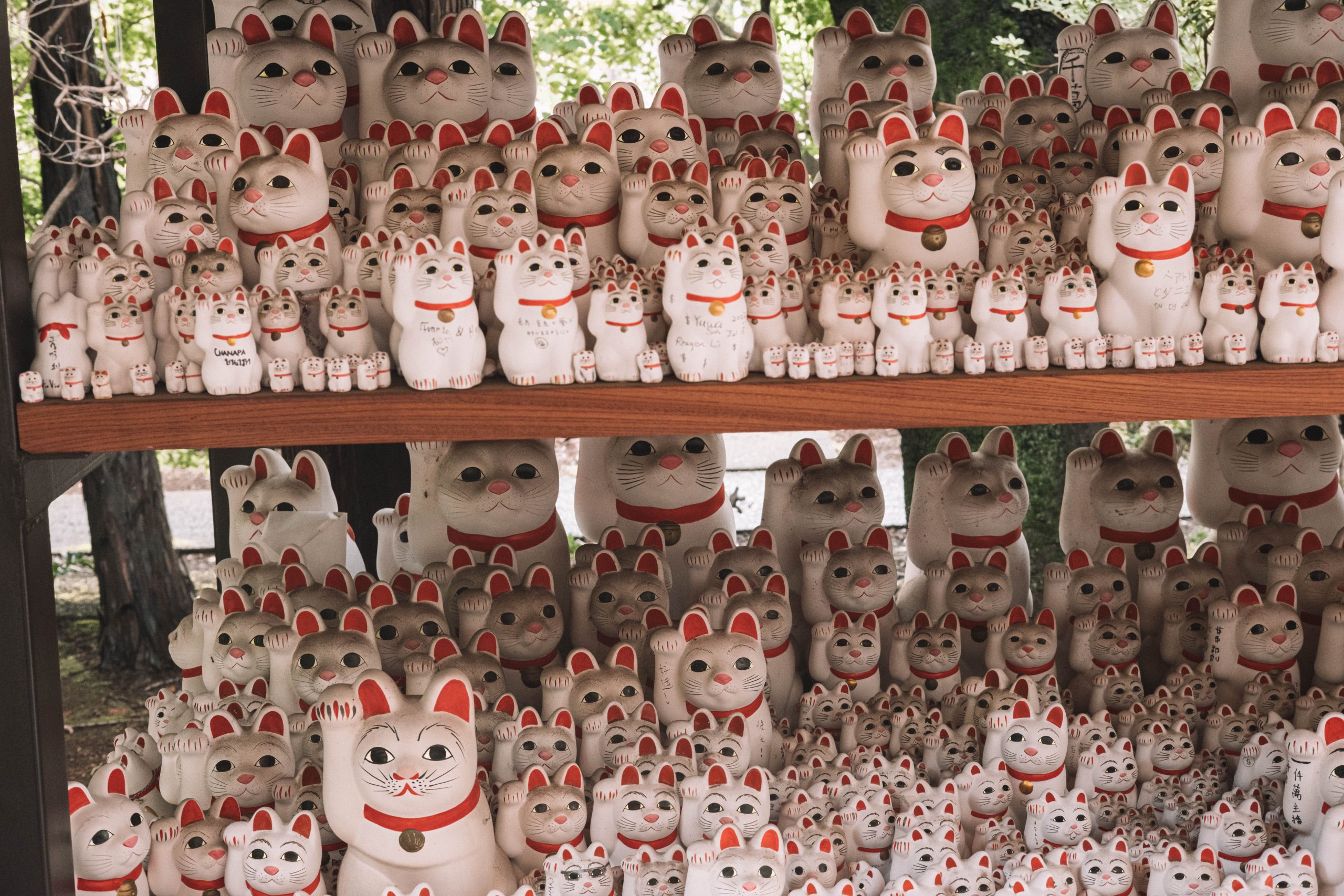
In this guide, we’ll tell you how to get to Gotokuji easily, whether you’re new to Tokyo or know the city well. We’ll also walk you through the temple grounds, showing you not just the famous cats, but also other things you can do and see. And don’t worry, you’ll also learn how you can take part in the temple’s own customs and maybe even bring home a small piece of Gotokuji’s charm.
Table of Contents
- Getting to Gotokuji Temple
- By Train
- History and Legend of Gotokuji Temple
- What to Expect
- Gotokuji Temple Souvenirs and Their Meanings
- Practical Advice for Visiting Gotokuji Temple
- Best Time to Visit
- What to Wear
- Photography Rules
- Opening Hours
- Food and Accommodation
- Final Thoughts on Gotokuji Temple
- Frequently Asked Questions
Getting to Gotokuji Temple
Gotokuji Temple is located in the Setagaya Ward of Tokyo, Japan. It’s in a quiet residential neighbourhood quite away from the main top attractions in Tokyo. It takes around half an hour or so to make it to the temple from popular areas like Shinjuku or Shibuya.
By Train
The most convenient way to reach Gotokuji Temple is by train. The nearest train station is Gotokuji Station on the Odakyu Odawara Line. From Shinjuku Station in central Tokyo, you can take a direct train to Gotokuji Station; the journey takes approximately 20 minutes. Please make sure you board the right train. When using the Odakyu Odawara Line you will notice that there are several types of trains. Only the local stops at Gotokuji Station. Alternatively, take the express or semi-express to Kyoda and walk from there to the temple by using directions in your Google maps.
- Rapid Express: Fewest stops, runs between Shinjuku and Odawara, Fujisawa, or Karakida.
- Express: Stops at major stations between Shinjuku and Odawara, Fujisawa, or Karakida.
- Semi-Express: Operates between Yoyogi-Uehara and Isehara, also continues to the Chiyoda Line at Yoyogi-Uehara. No service between Yoyogi-Uehara and Shinjuku.
- Local: Stops at all stations on all Odakyu Lines.
- Commuter Express: Operates weekday mornings from Karakida to Shinjuku.
- Commuter Semi-Express: Operates weekday mornings toward Tokyo. Does not run between Yoyogi-Uehara and Shinjuku but connects to the Chiyoda Line at Yoyogi-Uehara.
Check the map below for the line in advance to figure out what is the best line for you.
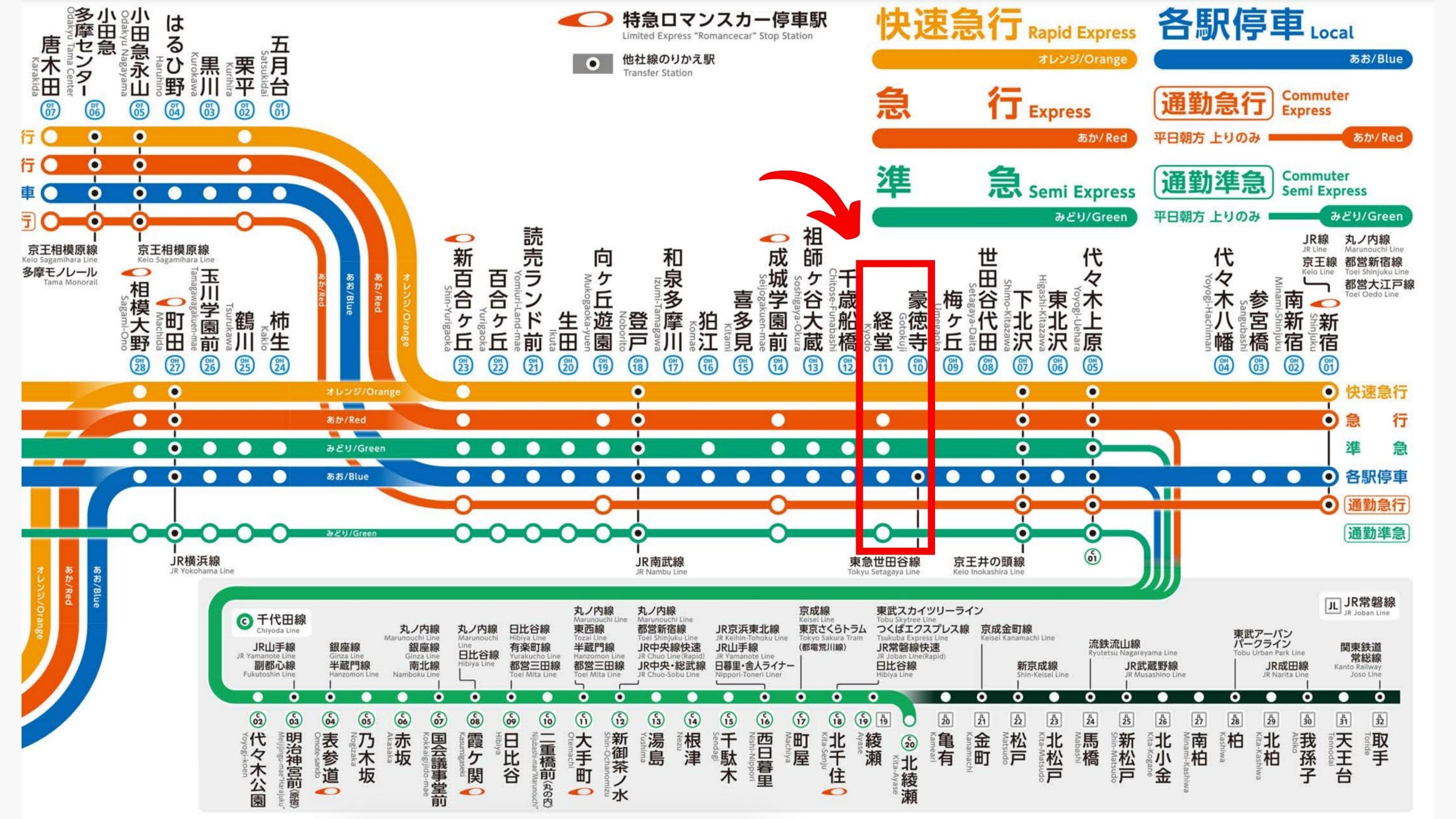
From Shinjuku Station, take the Odakyu Odawara Line toward Odawara. Get off at Gotokuji Station or Kyoda Station. Once you exit the station, it’s about a 15-minute walk to the temple.
History and Legend of Gotokuji Temple
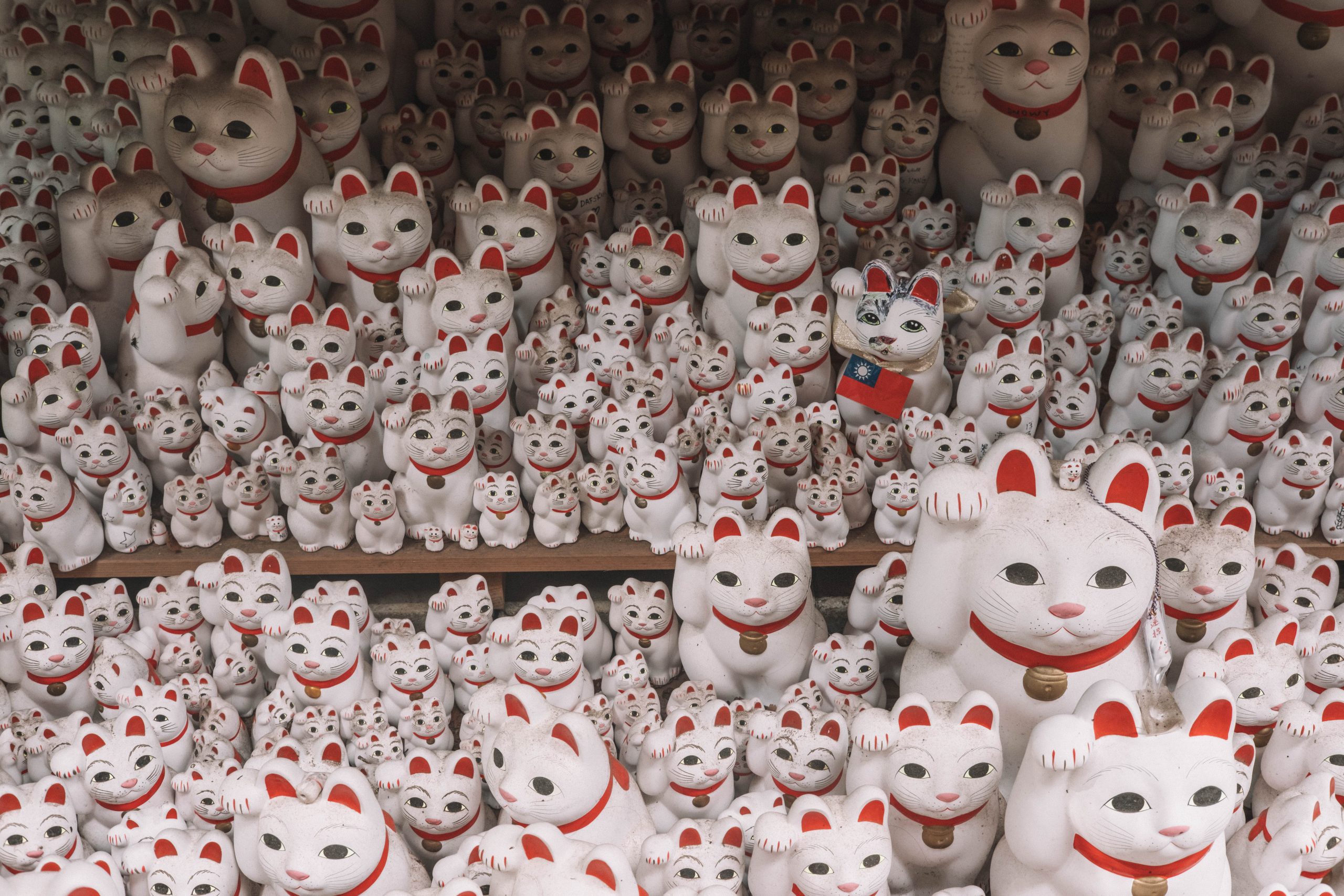
Gotokuji Temple is a site of intriguing duality: part historical monument, part cultural phenomenon. Its origins can be traced back to 1480 when it was first built as “Kotokuin,” a family temple. In 1659, the temple underwent a transformation, renamed in honor of the second lord of the Hikone clan, Naotaka Ii, to “Kyushoin-den-Gotoku-Tenei-Daikoji.” To this day, the temple stands as one of the largest national historical sites in the Setagaya area, its buildings and layout preserving the architectural style typical of a feudal lord’s cemetery from the Edo era.
While history lays the foundation, legend adds a layer of mystique to Gotokuji. The temple is popularly known as the birthplace of the Maneki-neko, the “Lucky Cat.” Folklore has it that a cat belonging to a priest at the temple beckoned to a passing lord, saving him from a dangerous thunderstorm. In gratitude, the lord became a benefactor, revitalizing the temple’s fortunes. That lord was Naotaka Ii. Whether or not you believe the tale, the Maneki-neko figurines found all over the temple grounds have become symbols of good luck and are especially popular among visitors.
What to Expect
Many people come here to photograph the cute lucky cats but there is so much more to the temple than initially meets the eye.
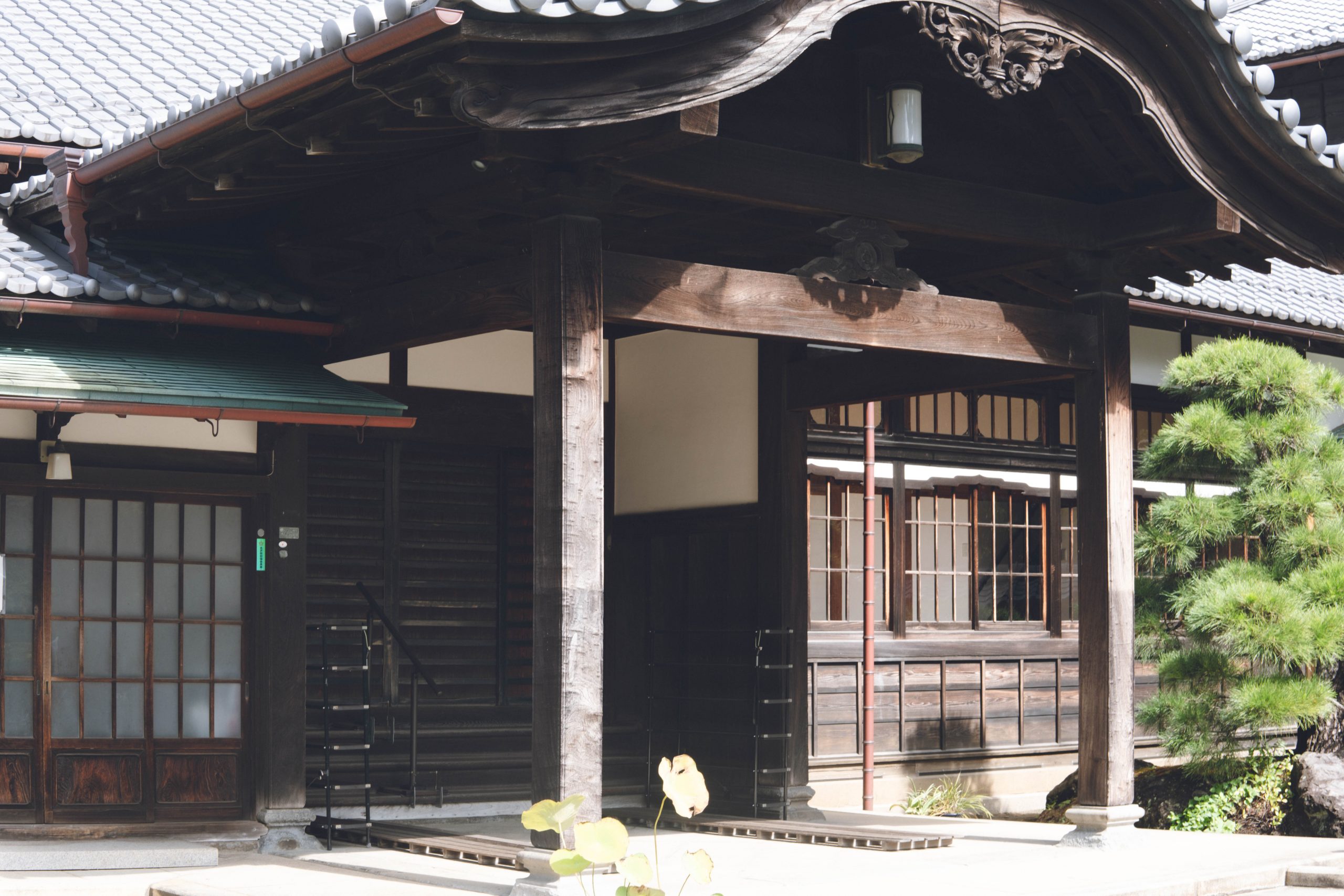
First, you can visit the Cemetery of the Ii clan that’s important for history, with graves of old leaders and their wives. Then, check out Butsu-den, a building from 1677 that has statues showing ideas of the past, present, and future. This has been designated as a Setagaya tangible cultural property in 1990.
Some parts of the temple, like Kaiso-do and Jizo-do, are only open on special days, but they’re worth a visit to see more statues and learn about the temple’s history. The main hall, called Ho-do, has more statues and even a special painting called Naosuke Ii by Naoyasu Ii.
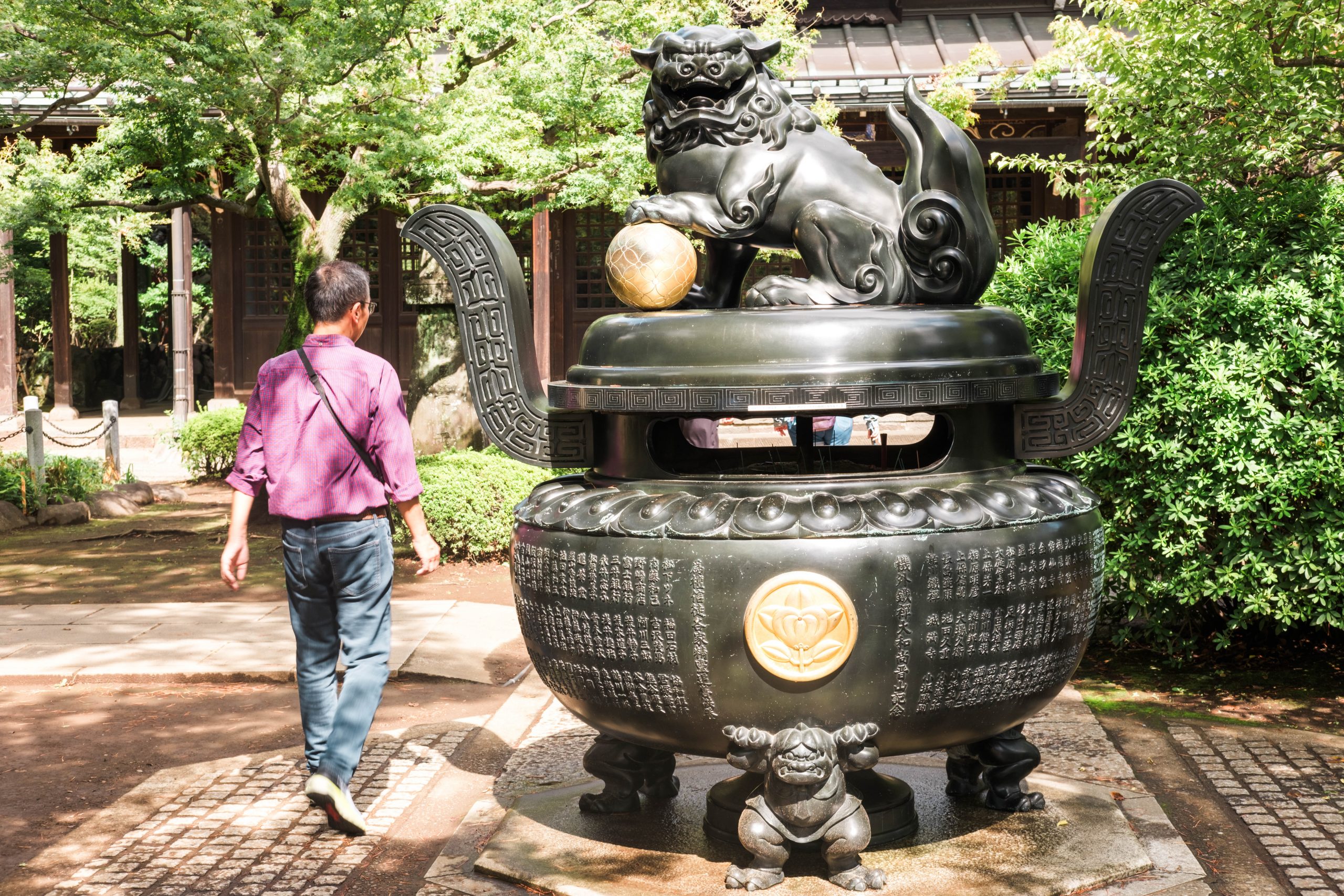
There’s also a 22.5 meter-high, three storied pagoda called Sanju-no-to with statues in it, and a historic bell that people really appreciate for its art. The pagoda has sculpted the Chinese zodiac and also several cats. Can you count how many cats you can find on it?
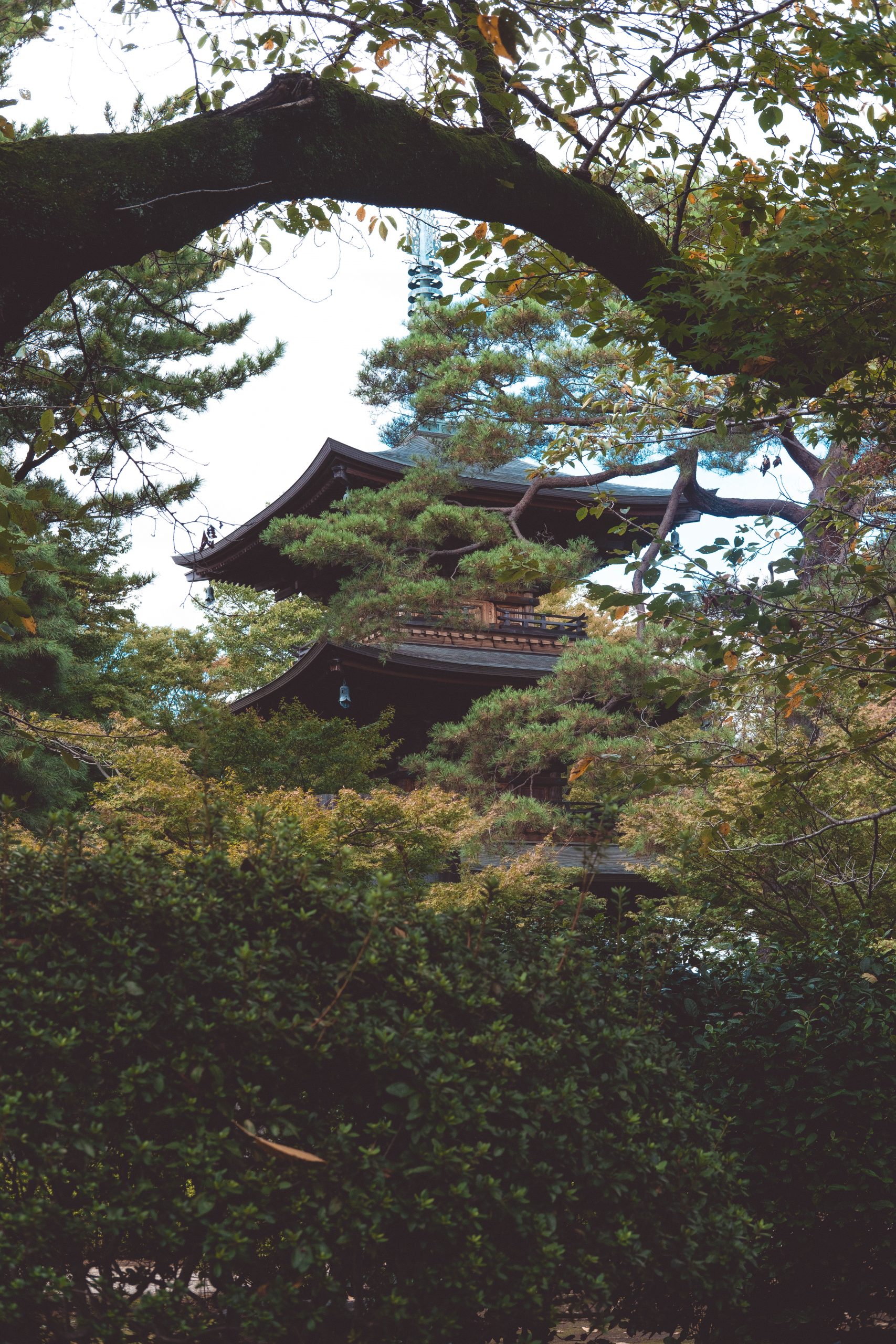
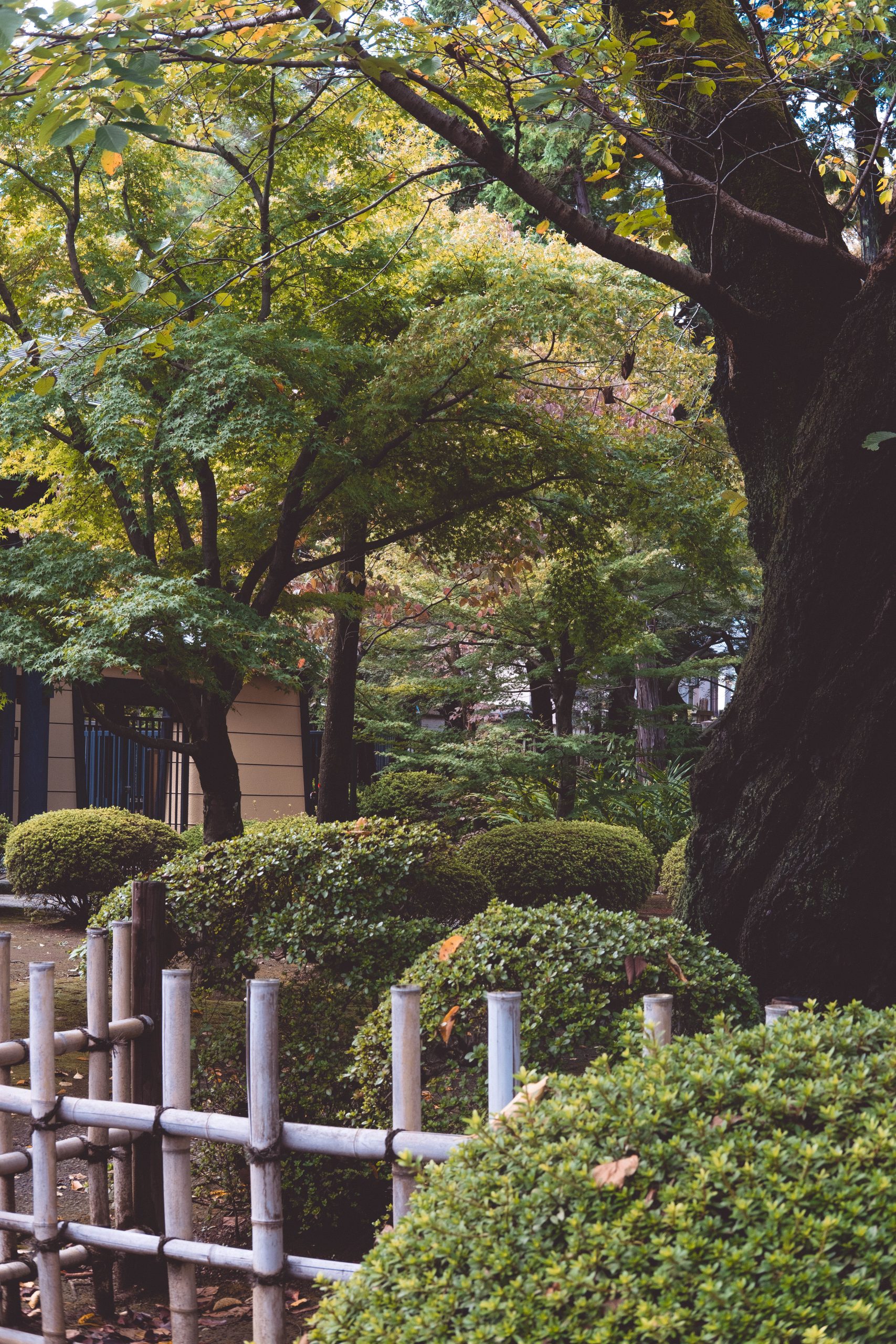
Don’t miss the special gate called Sanmon; it separates the temple from the rest of the world.
You are here for the lucky cat figures, you can find them at a place called Shofuku-den. There’s also a red gate, known as Akamon, which used to be part of an old family estate. The temple even has a multipurpose hall called Kyusho-den and a charnel house that’s easy for everyone to get into. Finally, for those interested in tea culture, there’s a tea room and a studio that have their own stories and gardens.
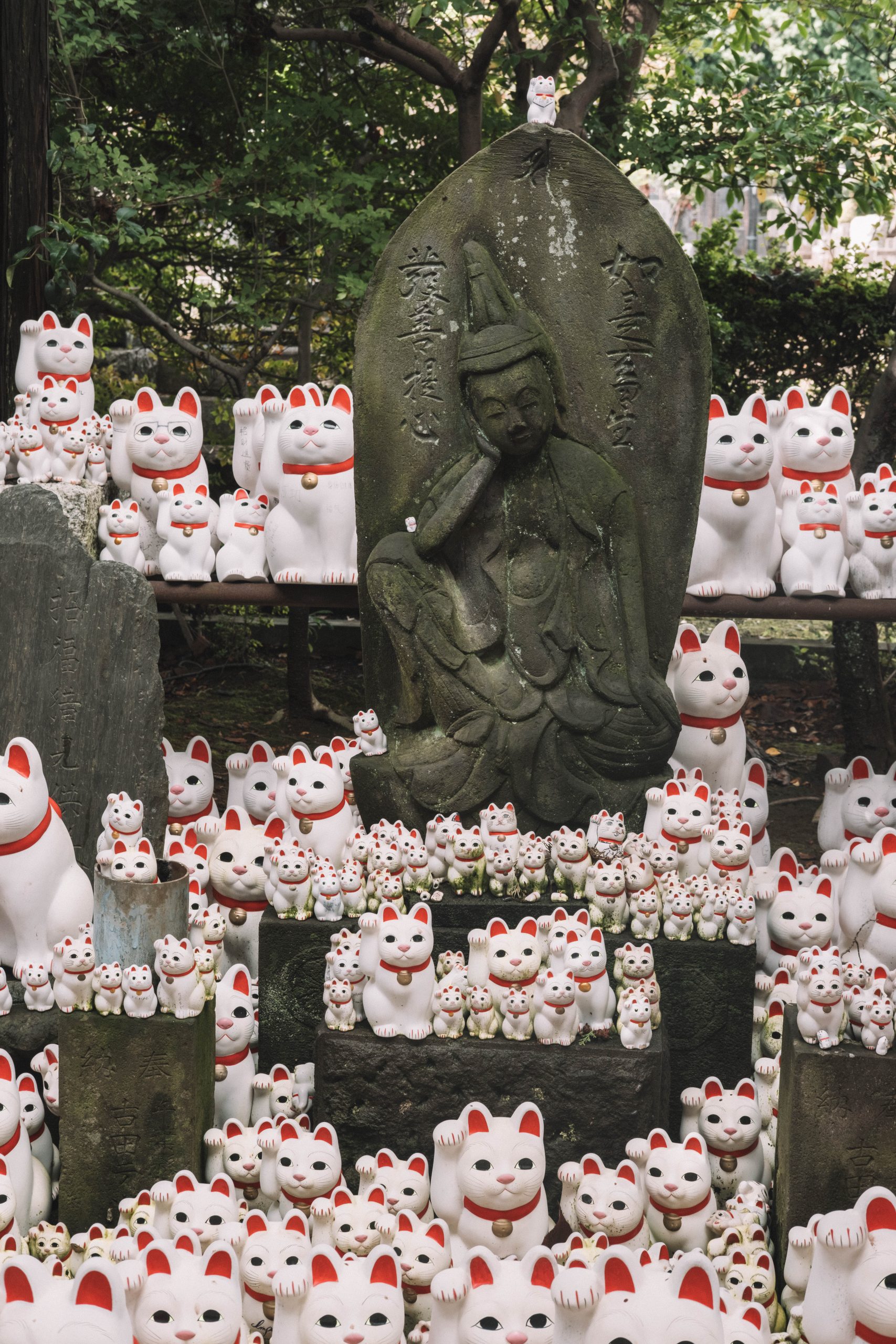
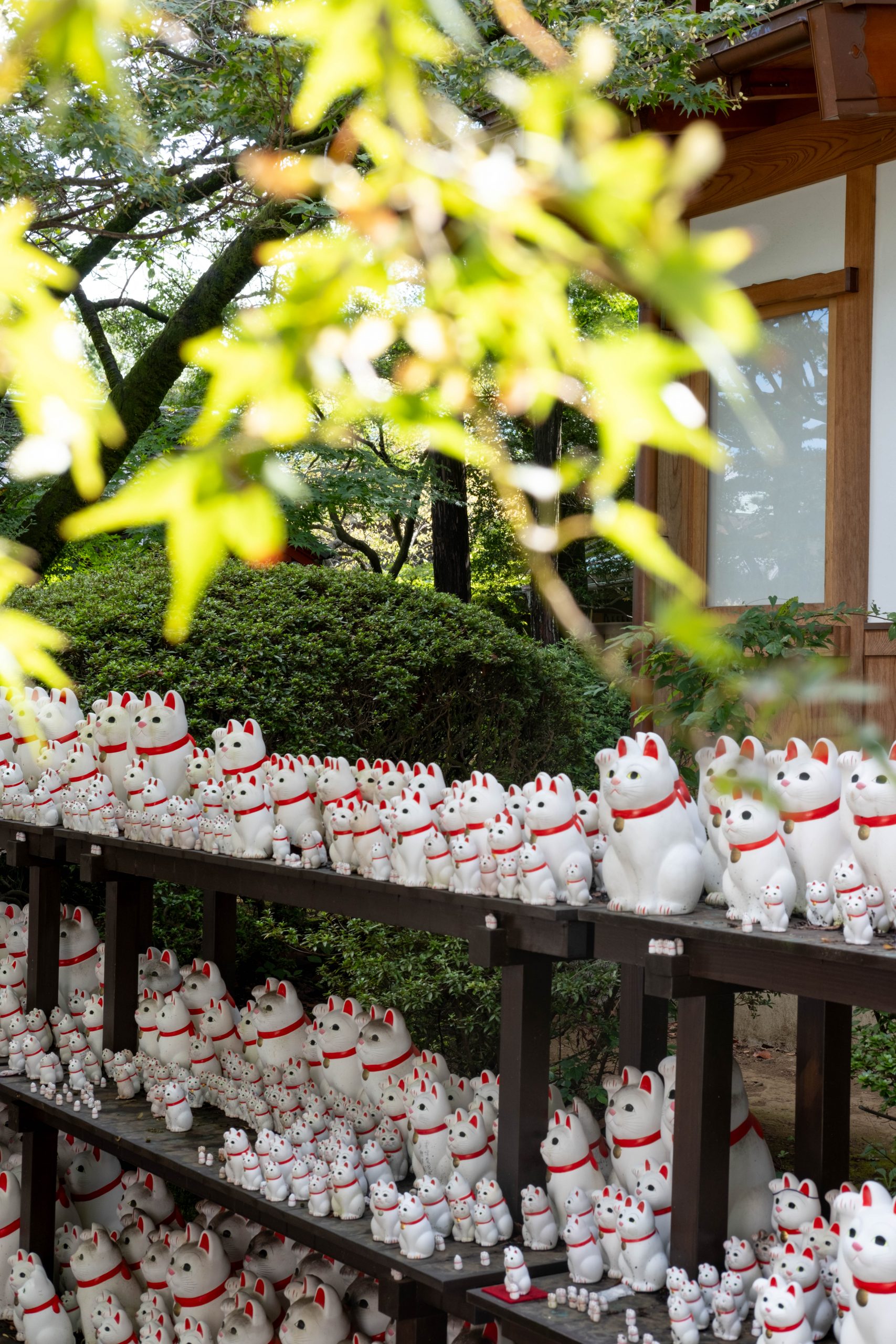
Gotokuji Temple Souvenirs and Their Meanings
You can purchase these at the temple office. Please note that you should bring cash. The staff behind the counter are very nice and kind and ready to help. Here is what you can buy to enhance your experience at the Gotokuji Temple.
Ema (Plaque) – 1,000yen: Ema are wooden plaques where you can write your wishes or prayers. Once you’ve written on it, you hang it up at a designated spot within the temple. They come with various designs, including Kannon (the goddess of mercy) and the Oriental zodiac, and are a popular way to leave a piece of your own journey at the temple.

Omamori (Amulet) – 800yen: An Omamori is a small cloth bag that usually contains prayers or blessings. People buy them to bring good luck, protection, or other benefits. You can hang it on your bag, car, or somewhere in your home. However, it’s generally not opened, as that could dispel its good fortune.
Fukusen (Lucky Coin) – 800yen: The Lucky Coin is another item to boost your luck. It’s often carried in a wallet or purse and is thought to attract wealth or good fortune. It can be a thoughtful gift for someone starting a new job or business.
Manekineko Doll – 500yen to 7,000yen: These are the iconic “lucky cat” figures. You can write your wish or message on them. Once written, you can choose to leave the doll at the temple grounds to join the myriad of other wishes, or you can take it home as a keepsake.
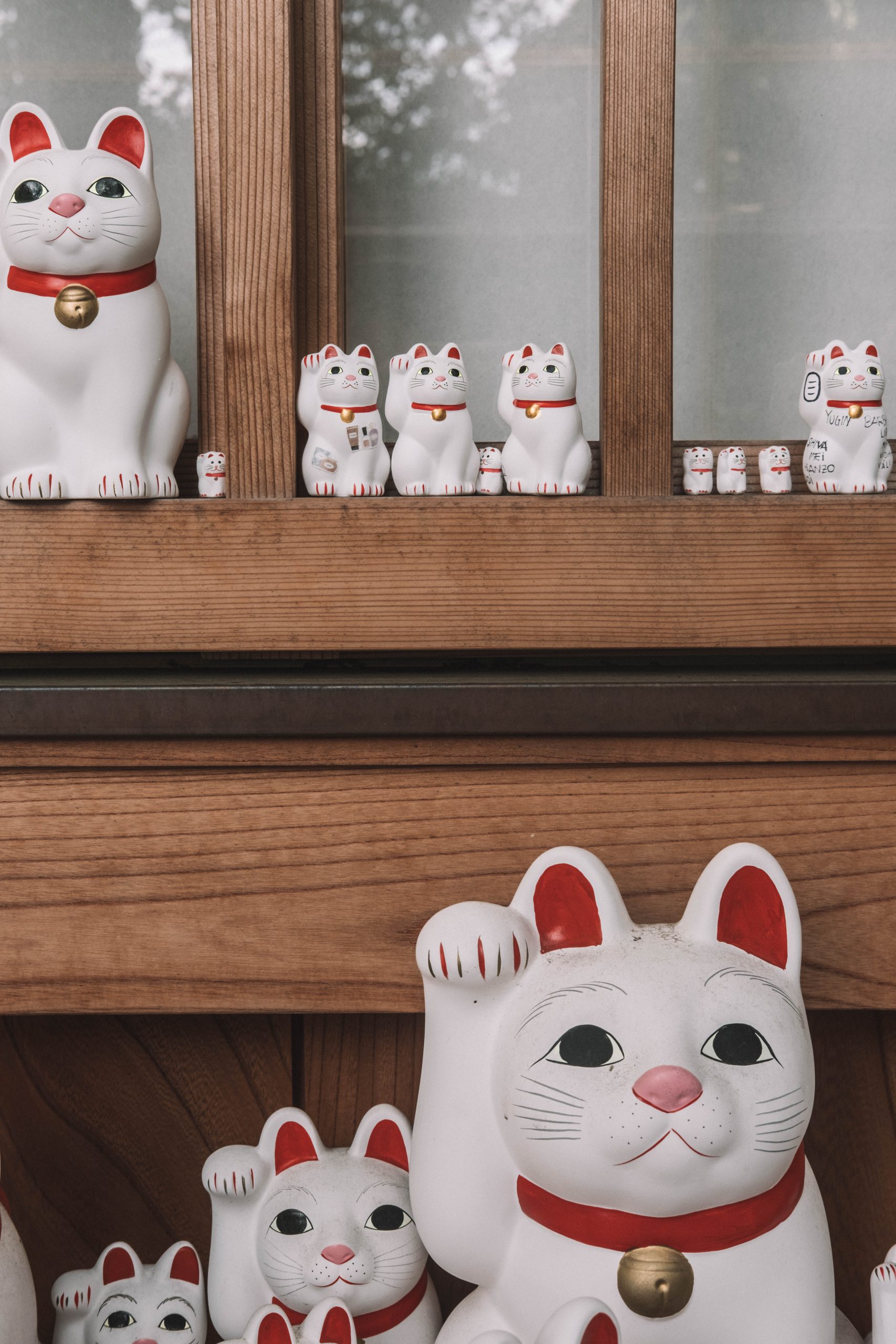
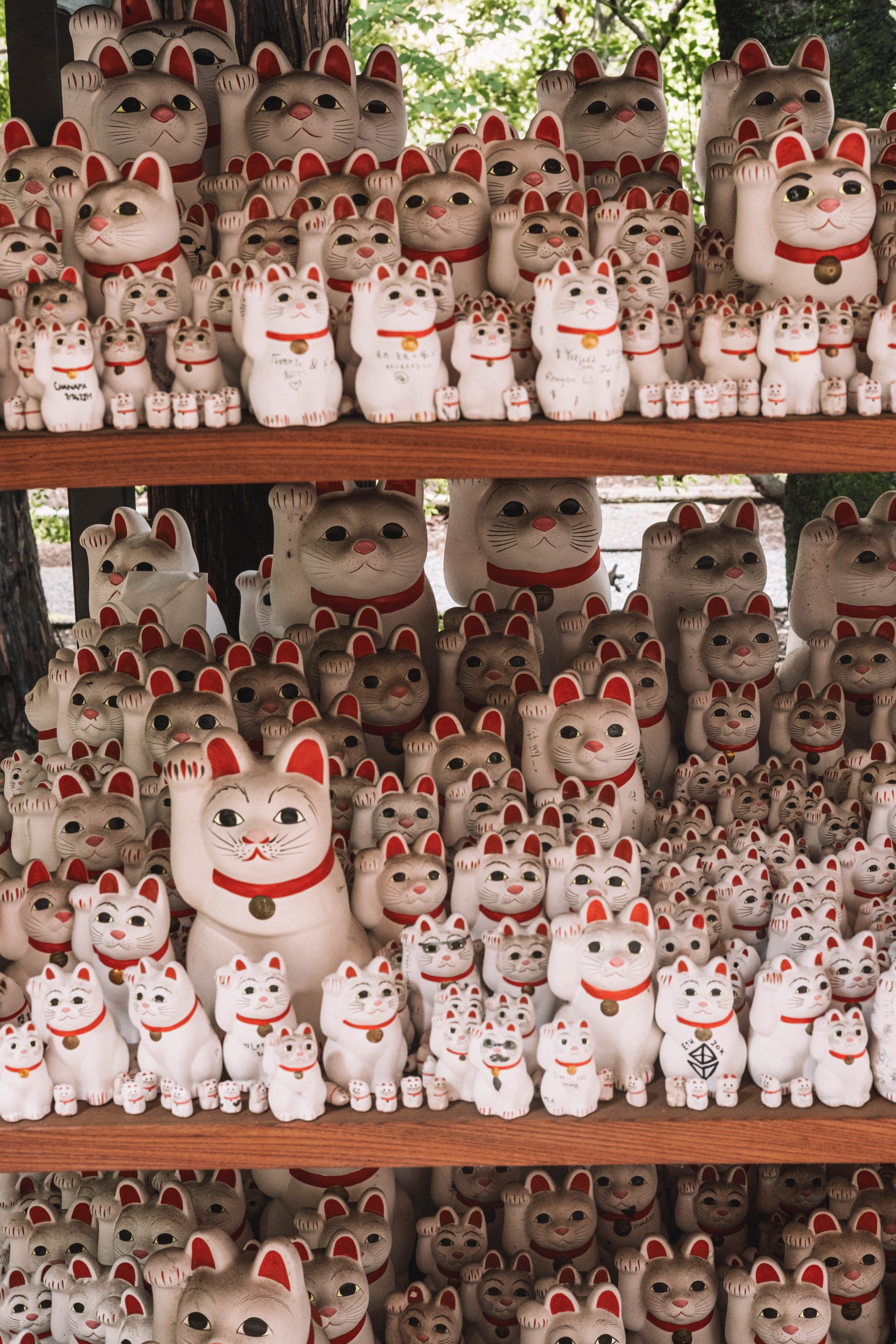
Small Manekineko Doll (Keychain) – 800yen: This is a miniature version of the Manekineko doll. Attached to a keychain, it’s meant to bring good luck wherever you go. It can make for a charming and meaningful Japanese souvenir.
Goshuin-cho (Stamp Book) – 1,700yen: If you’re someone who loves collecting stamps, this is for you. The stamp book is usually used to collect stamps (hanko) and calligraphy from various temples and shrines around Japan. Each stamp is unique to its location, making this a fantastic way to memorialize your travels.
Practical Advice for Visiting Gotokuji Temple
Remember, you’re visiting a place of worship. Respect the space and the people around you. Follow the cues of others if you’re unsure about what to do.
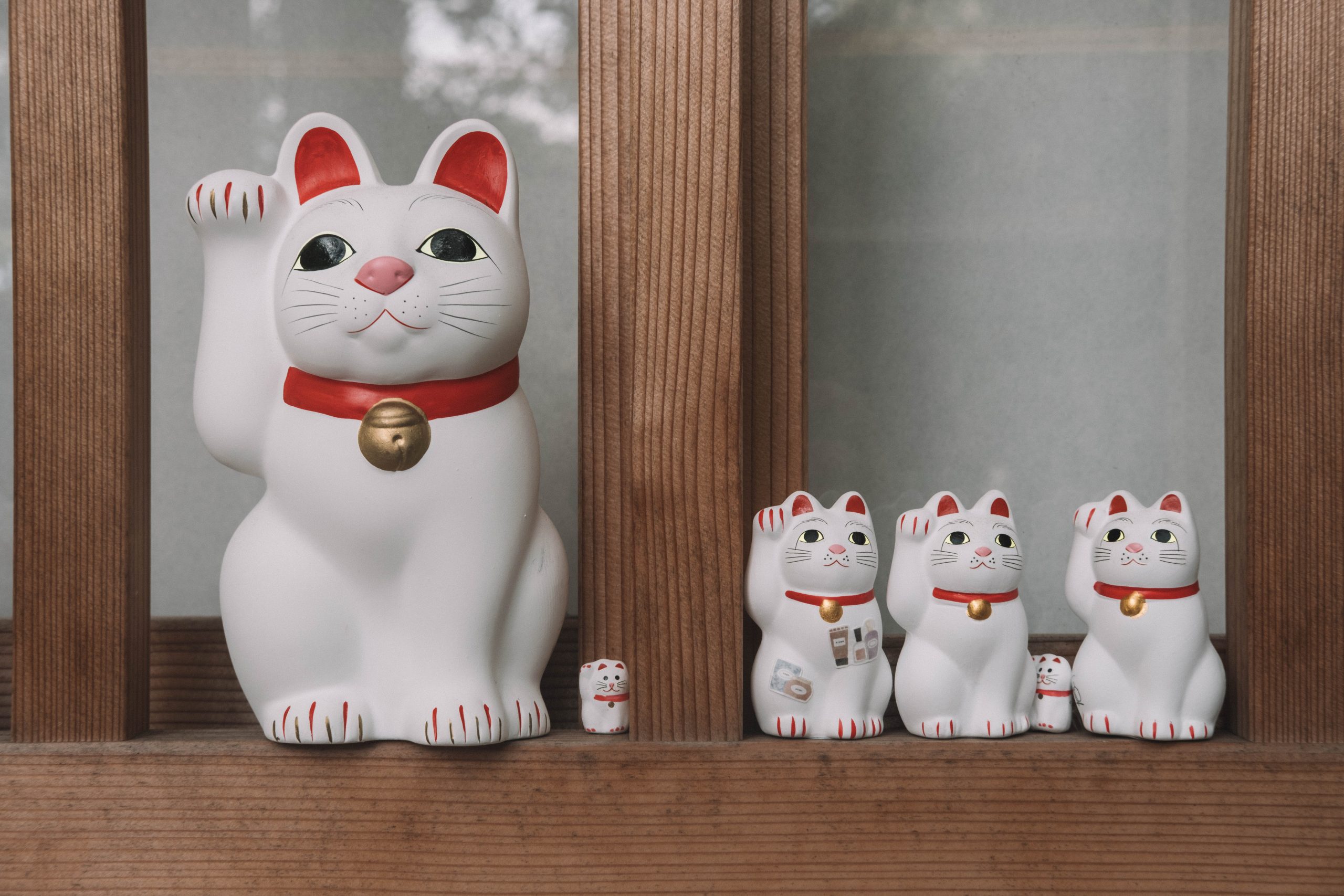
Best Time to Visit
Early mornings are ideal. The temple opens as early as 6:00 a.m., and the morning hours tend to be less crowded. Unlike some other popular temples like Sensoji, Gotokuji doesn’t usually get too packed, but it’s always nicer when you have the place more or less to yourself.
What to Wear
Dress appropriately for a temple visit. That generally means modest clothing, so avoid tank tops or overly short skirts. Comfortable shoes are a good idea since you’ll be doing a bit of walking.
Photography Rules
Taking photos is allowed, but there are some caveats. Be cautious around the Manekineko (lucky cat) figurines; they are free-standing and can easily be knocked over by backpacks or bulky camera equipment. Also, if the temple is busy, be considerate. Take your photo quickly to let others have their turn. This isn’t the place for elaborate social media shoots.
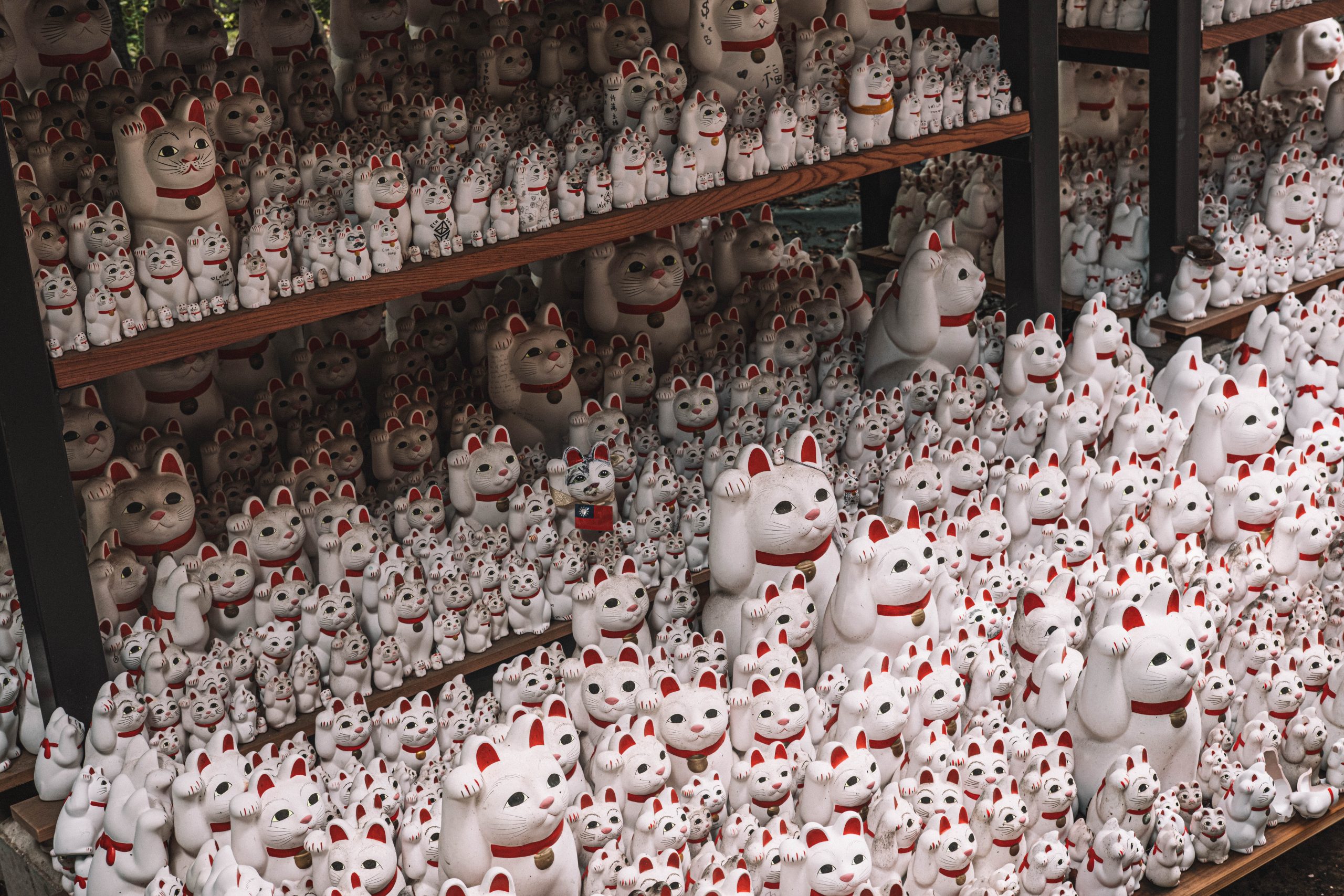
Opening Hours
Late March to Mid-September: 6:00 a.m. to 6:00 p.m.
Late September to Mid-March: 6:00 a.m. to 5:00 p.m.
Note: The temple office is open from 8:00 a.m. to 4:30 p.m. and closes at 5:00 p.m. in the summertime.
Food and Accommodation
There are some food options nearby but not in the immediate vicinity. You’ll need to walk for about 5-10 minutes to the nearest restaurant. Here are my recommendation:
Bare Pizza Poco – Focused mainly on pizza, fries, and nuggets. Perfect for a Western lunch in Japan. This is what I like to call comfort food in Tokyo, after a week of traditional Japanese dishes.
Balearic – Cute and cosy restaurant that focuses on six types of lunch: Mexican burrito, Tako rice, ahi poke bowl, yellow curry, khao soi, and daily pasta.
Mahorodou Sougetsu – A sweet shop for delicious desserts. I strongly recommend getting the Manekinekodora which is like a baked pancake filled with red bean and a neko stamp on it.
Relaxin – Perfect for a hot bowl of miso broth alongside noodles and meat.
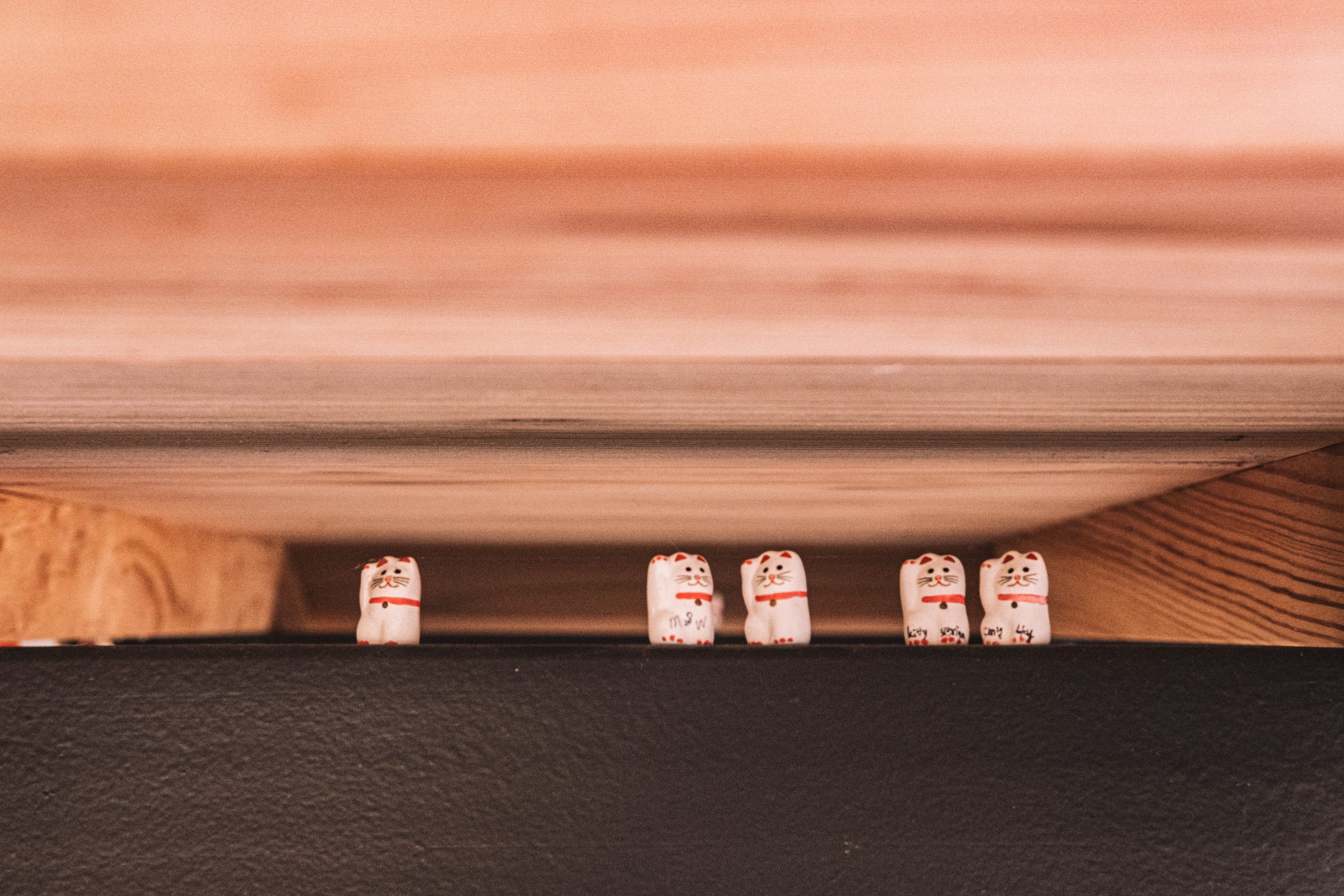
Final Thoughts on Gotokuji Temple
Visiting Gotokuji Temple in October was a lovely experience. The temple grounds were still lush and green, providing a serene backdrop that seemed miles away from the bustling streets of Tokyo. Arriving just before lunchtime, I found the atmosphere to be quiet and calming, far from the crowds I had anticipated.
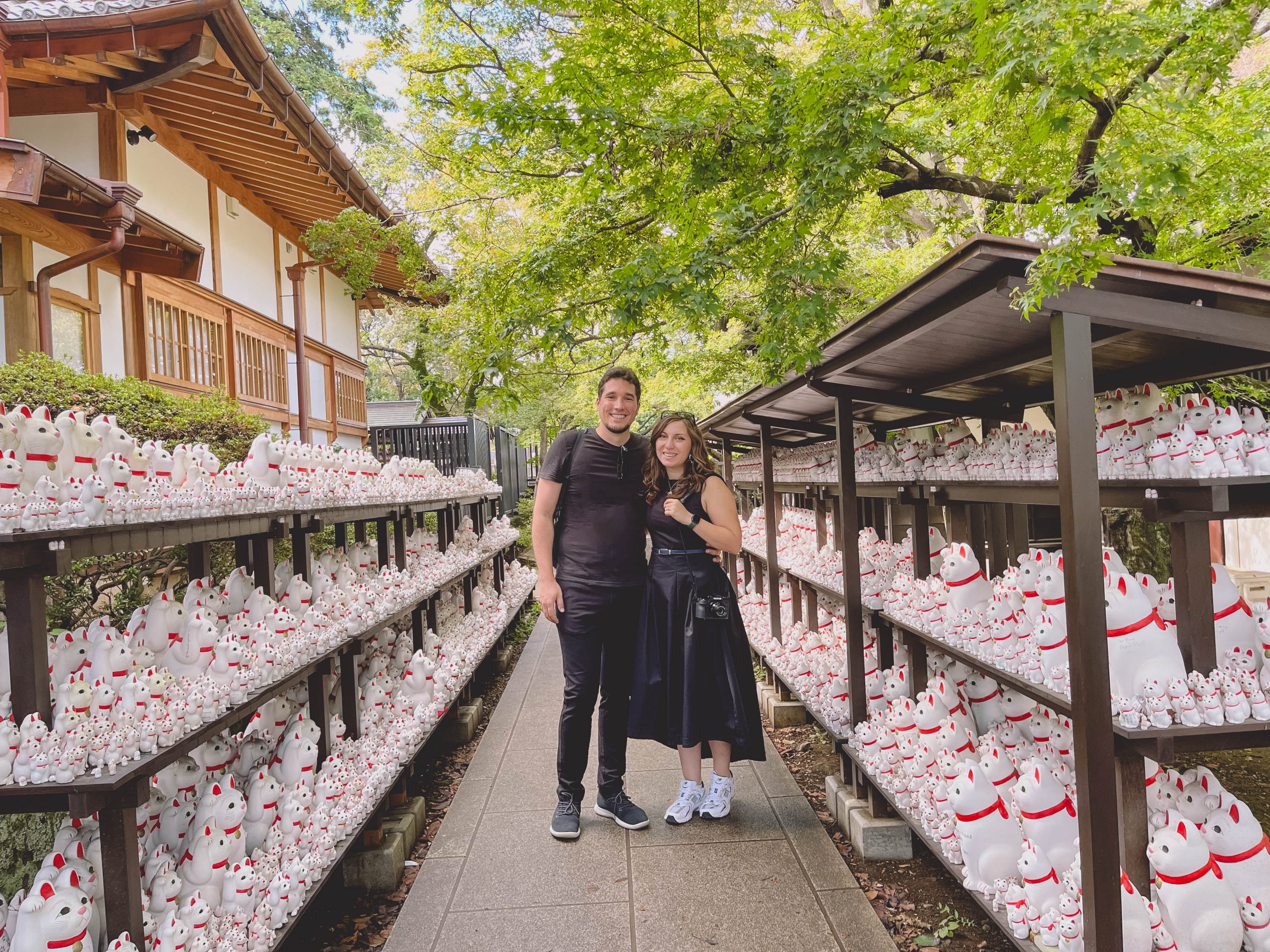
While there were some visitors snapping photos of the iconic Manekineko (lucky cat) figurines, the crowd thinned as I ventured deeper into the temple grounds. It felt like I had stumbled upon a peaceful oasis in the city, and it provided the perfect setting for some personal reflection.
As a keepsake, I purchased a small Manekineko figurine from the temple’s gift shop. My husband and I also took the opportunity to snap some cute selfies in the temple’s picturesque gardens, especially since we both adore the charming white cats that populate the area.
In summary, Gotokuji Temple was a delightful find and a memorable part of our Tokyo journey.
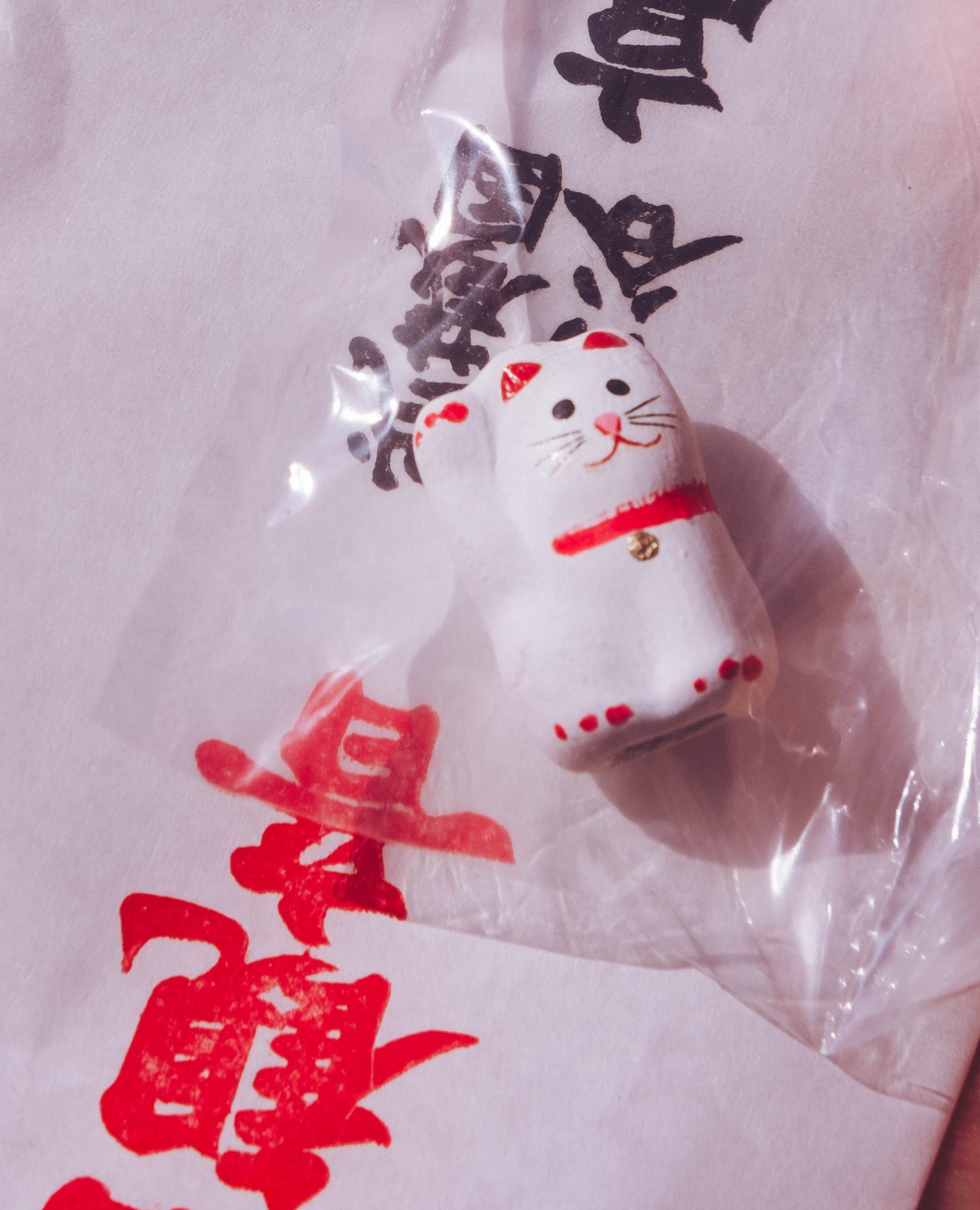
Frequently Asked Questions
Is it worth going to Gotokuji Temple?
Yes, Gotokuji Temple is worth a visit if you like unique and peaceful places. It’s famous for being the home of the “Lucky Cat” you might have seen in stores. The temple is filled with these cute cat statues, and it’s a nice break from the busy city life of Tokyo.
What is the story behind the Gotokuji Temple?
Gotokuji Temple is famous for being the home of the “Lucky Cat.” The story goes that a cat living at the temple saved a rich man, Lord Naotaka Ii, from a bad storm by waving him inside. Thankful, the rich man helped the temple get more money and become popular. Now, people visit the temple to see and buy these “Lucky Cats,” believing they bring good luck.
How long does it take to go through the Gotokuji Temple?
It typically takes about 45 to 60 minutes to fully explore Gotokuji Temple, including seeing all the sites, taking photos, picking up an ema (wooden prayer plaque), and grabbing a souvenir.

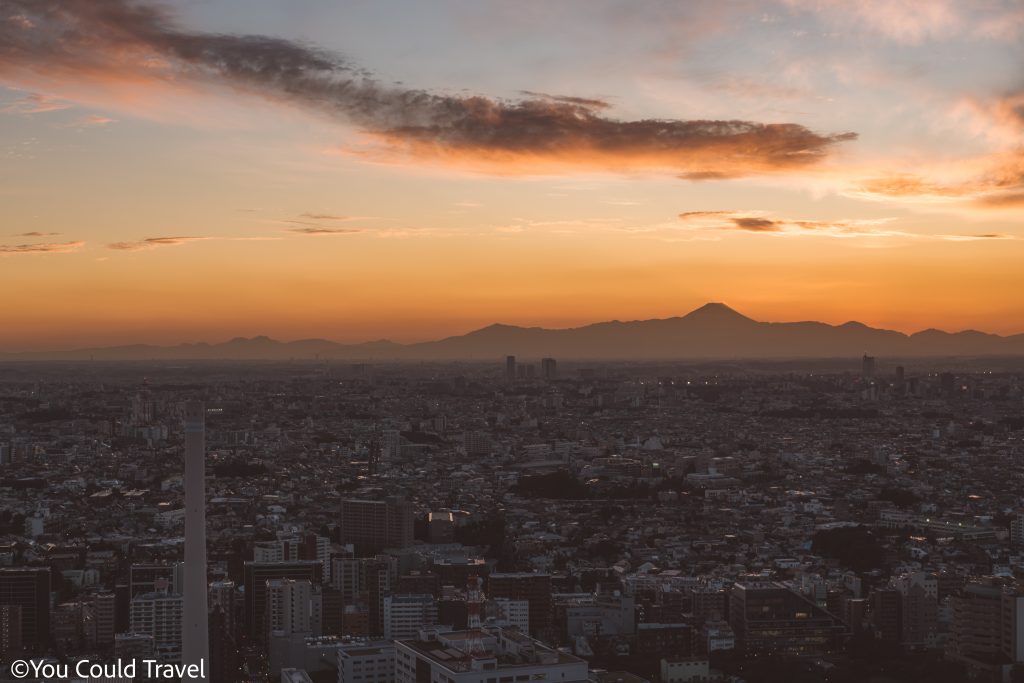
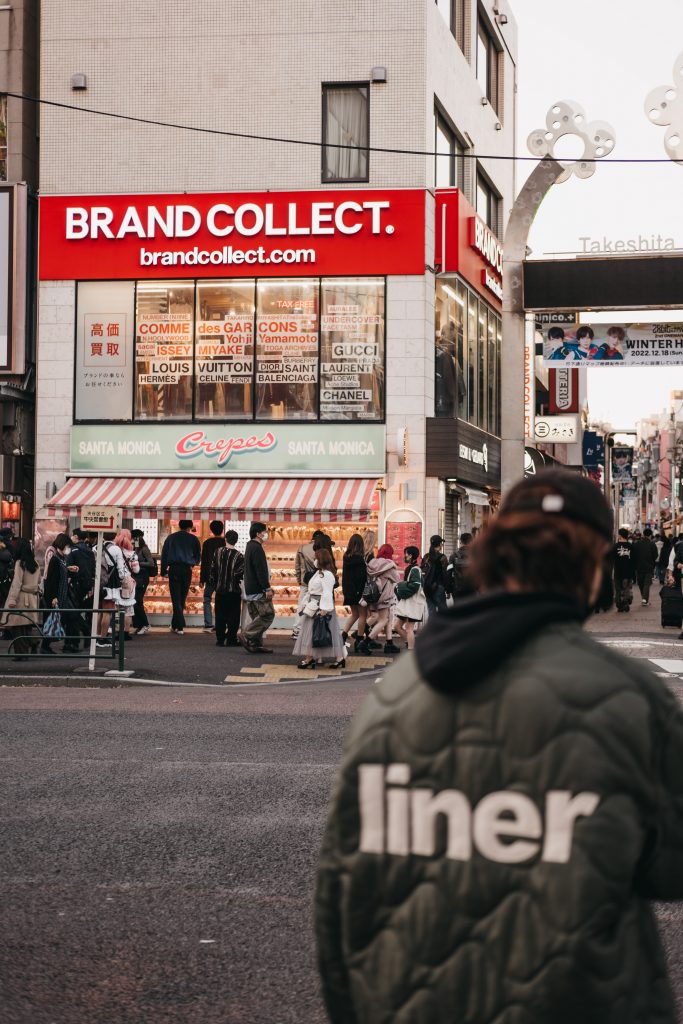
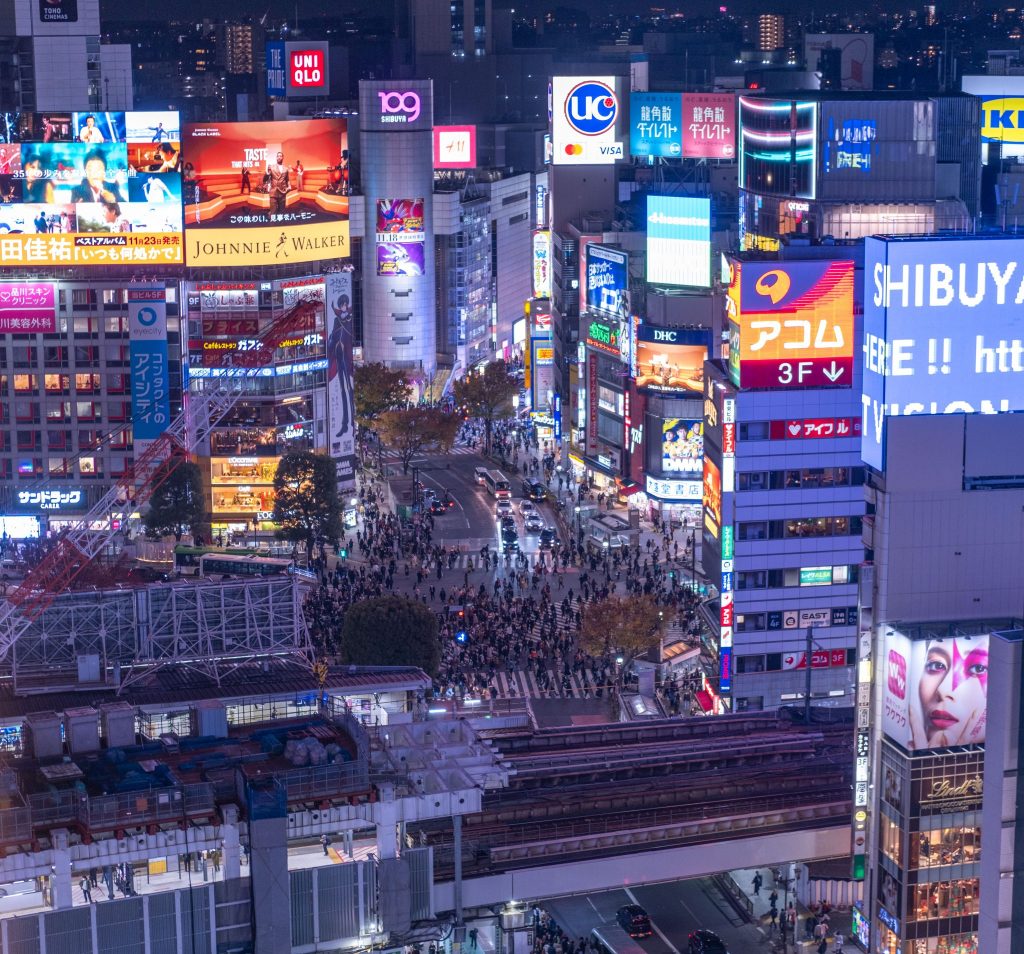
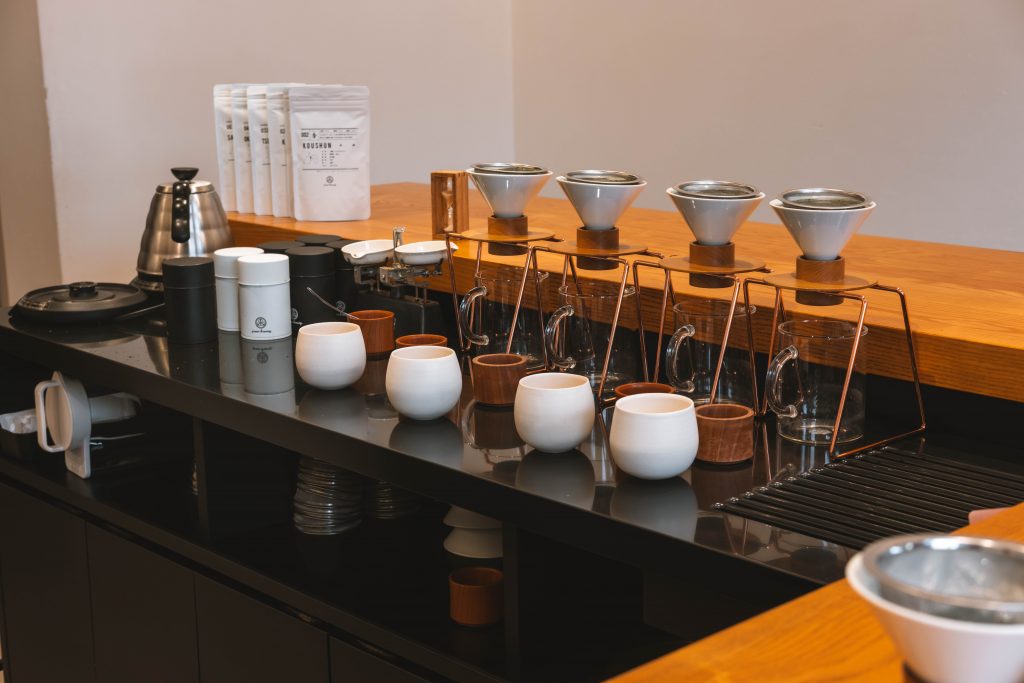
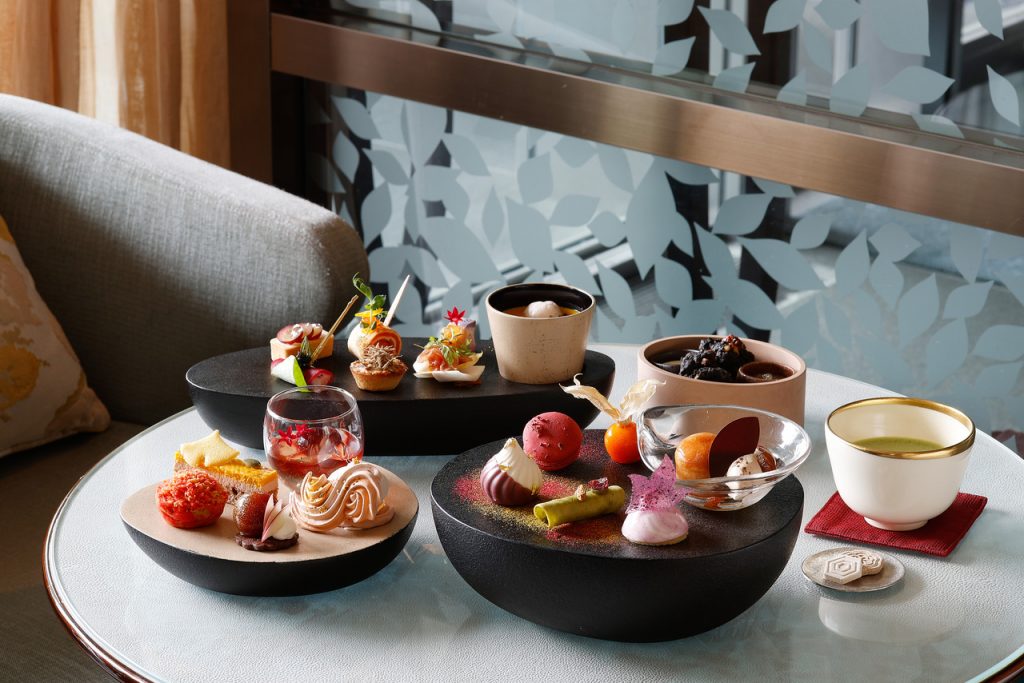
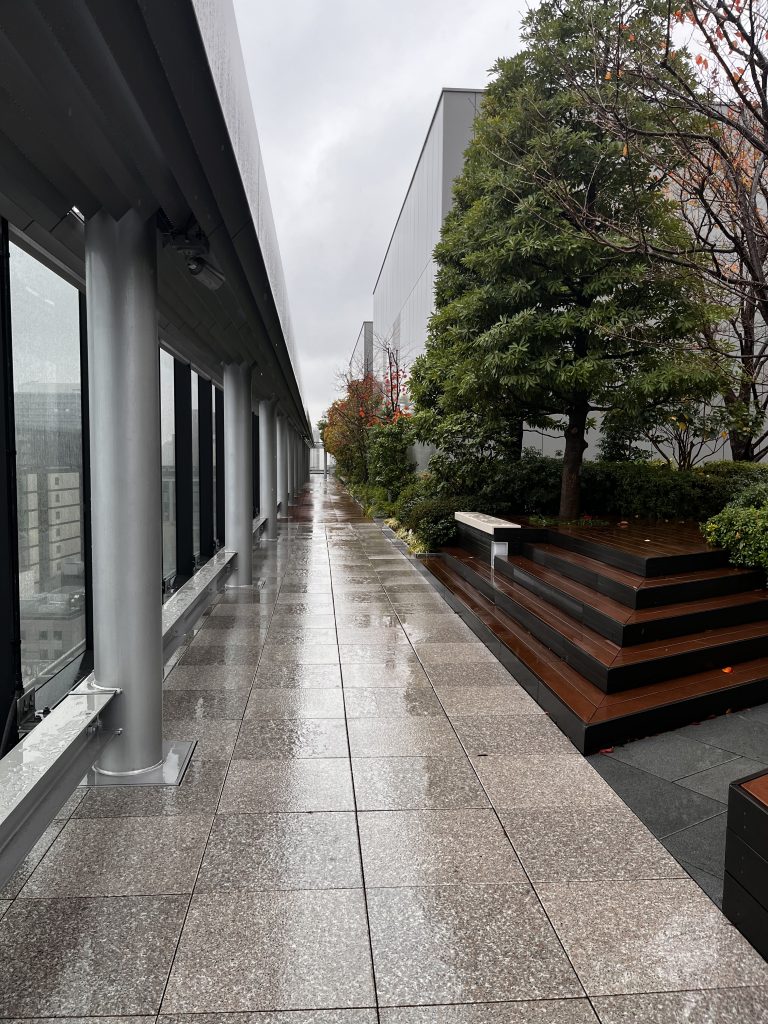
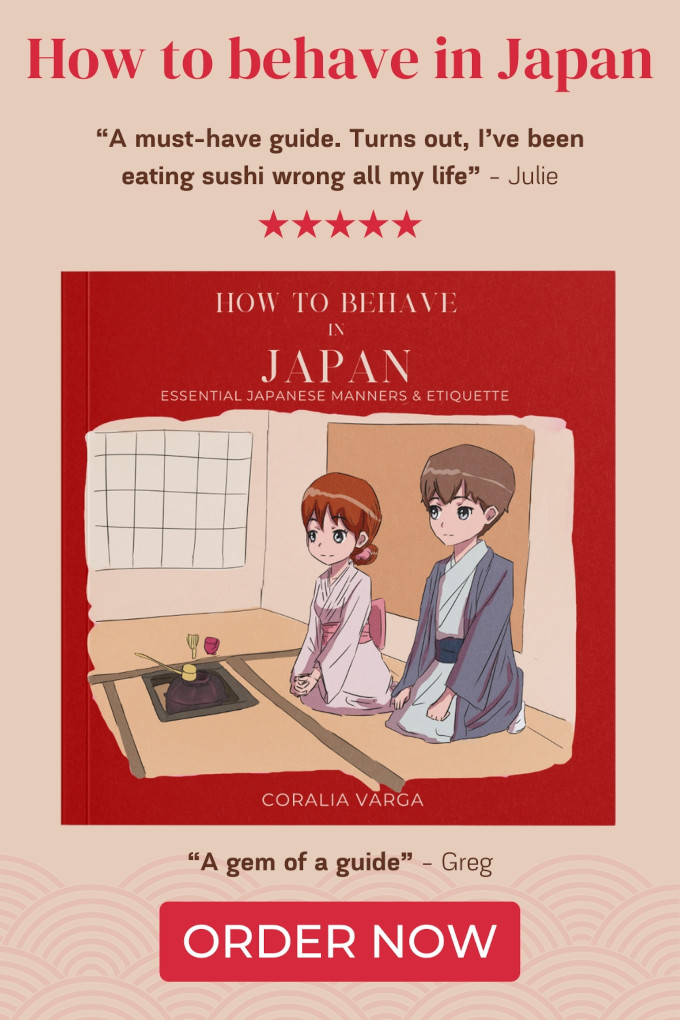

Leave a Reply